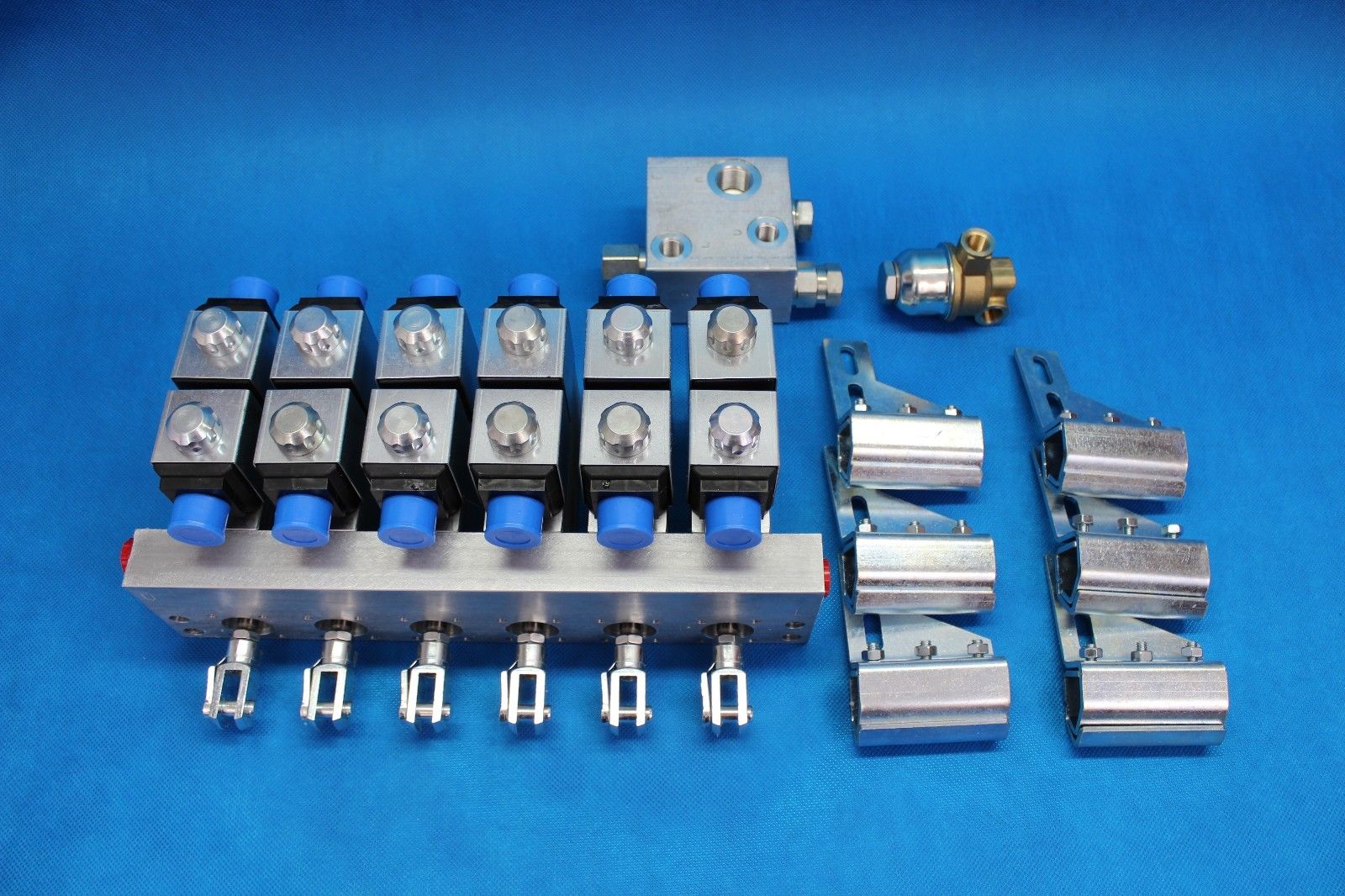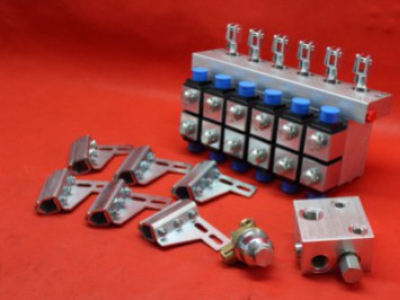Every hydraulic device or a hydraulic system needs to be controlled by something and hydraulic actuator comes with help for that! A device so small and so needed in an industry at the same time. We won’t explain every detail of hydraulic actuators but what is a hydraulic actuator in short words? You will find out in that article.
The hydraulic actuator is a piece of a machine that moves and controls hydraulic systems or hydraulic mechanisms by opening a valve.
.JPG)
.JPG)
.jpg)
Hydraulic actuator needs a control signal and of course a source of energy to do it’s job. Electric voltage or current, pneumatic or hydraulic pressure, or even human power can be called a control signal for hydraulic actuator. Its main energy source may be electric current, hydraulic fluid pressure, or pneumatic pressure. When hydraulic actuator gets a control signal, it responds by converting the signal's energy into mechanical moves which then controls whole hydraulic system.
A hydraulic actuator is a mechanism by which a control system acts upon an environment. The control system can be simple like a fixed mechanical or electronic system or software-based like a robot control systems, printer driver, or a human, or any other type of input.
Hydraulic actuator is build of a durable metal cylinder or fluid motor that uses hydraulic energy to control mechanic operations in hydraulic systems. The mechanical motion gives an output in terms of linear, rotatory or oscillatory motion. The hydraulic actuator can create a large force because liquids are nearly impossible to compress. Only its limited acceleration is a problem of this approach.
Every component used in building hydraulic actuator is made of special durable materials such as rust-resistant metals and durable plastic which provide the best effects in work and maintain high standards of the industry.
The hydraulic cylinder consists of a hollow cylindrical tube along which a piston can easily slide. When the fluid pressure is applied to just one side of the piston we can say that single acting is used. The piston can move in only one direction. By using a spring it gives the piston a return stroke. When pressure is applied on each side of the piston we can say that double acting is used. Any difference in pressure between the two sides of the piston moves the piston to one side or the other which create motion.
.JPG)
.JPG)
.JPG)


